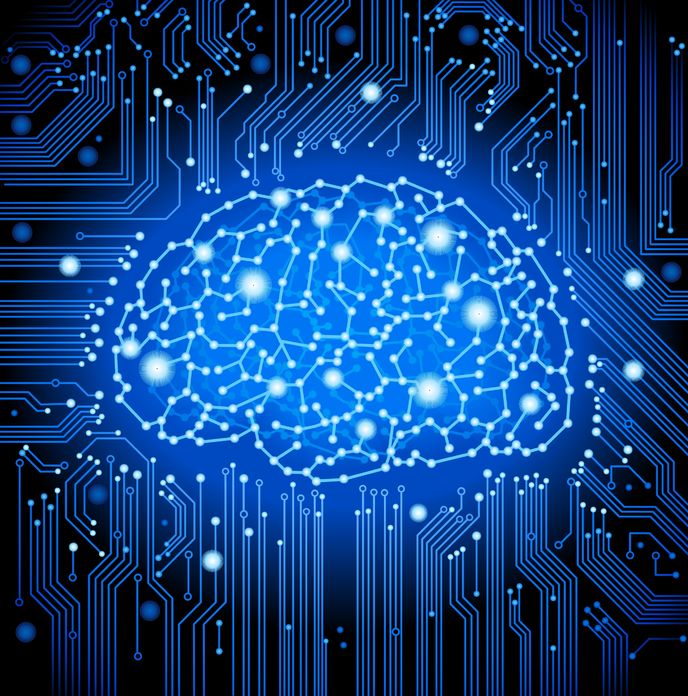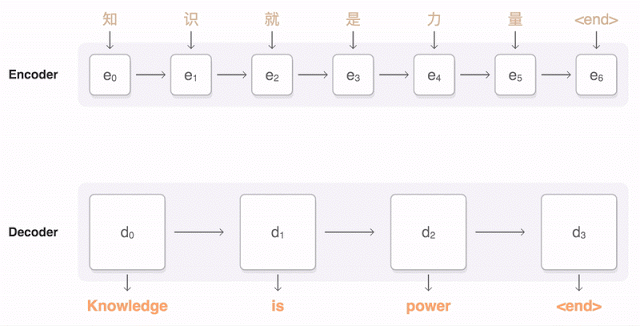New Google machine translation uses neural network system

The Google Neural Machine Translation system is aimed at providing better translations than phrase-based translations. Image INQUIRER.net
It has already been 10 years since Google first launched Google Translate and debuted the use of Phrase-Based Machine Translation. It has been hard at work since then, refining the translation process and developing new tools, which it has now deployed.
The new tool is called Google Neural Machine Translation System (GNMT) and it leverages on the specialty of neural networks to ingest complex rule sets and create predictive models. Why this is a boon to translating languages is because each language has its own set of rules and word combinations. Phrase-based translation can only go so far as many Google Translate users have discovered.

This chart shows how the GNMT system would go about figuring out the right words to use to translate a sentence. The lines represent which words it is keeping track of as relevant for the translation. Image Google
The computational capacity inherent to GNMT makes overcoming these vague semi-formal language rules possible. First, it encodes words as a list of vectors where each vector corresponds to the word’s definition. Once all the words in a sentence have been placed in a vector, the system starts to translate the sentence one word at a time, while taking note of the plotted vectors and their relevance to generate the translated word. It’s like having a dictionary, on one hand, and a thesaurus, on the other, so you can figure out the most appropriate word that would sound good in a sentence.
Using GNMT, translation errors can be reduced by around 55-85 percent on several major language pairs. Yet, despite the vast improvements offered by GNMT, machine translation is still far from perfect. Rare words will still give the system some trouble. One offered solution is to break down rare words into smaller units.
RELATED STORIES
Google Maps update guides users toward right direction with beam
Google Trips to make vacation planning easier for busy users

This chart shows the level of accuracy between two machine translated sentences versus a human translation with GNMT producing a better result. Image Google
For now, the GNMT system will be implemented in one of the most notoriously difficult language pairs for translation: Chinese to English. The system is now handling 100 percent of the translations being done for this language pair for the Google Translate mobile and web apps. GNMT will be implemented on more language pairs over time. Alfred Bayle